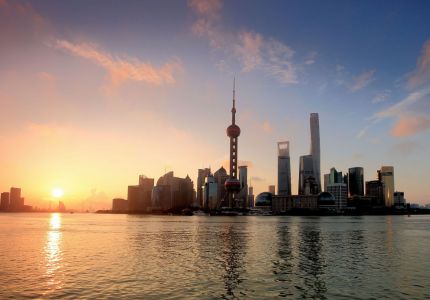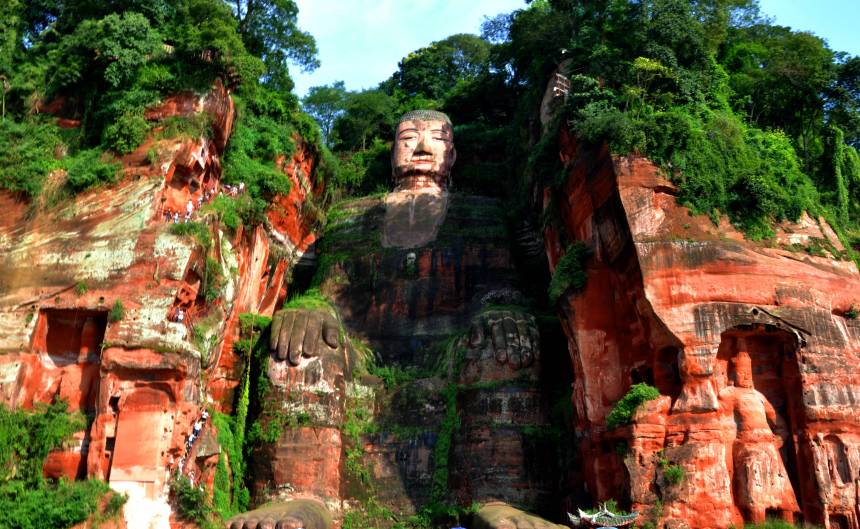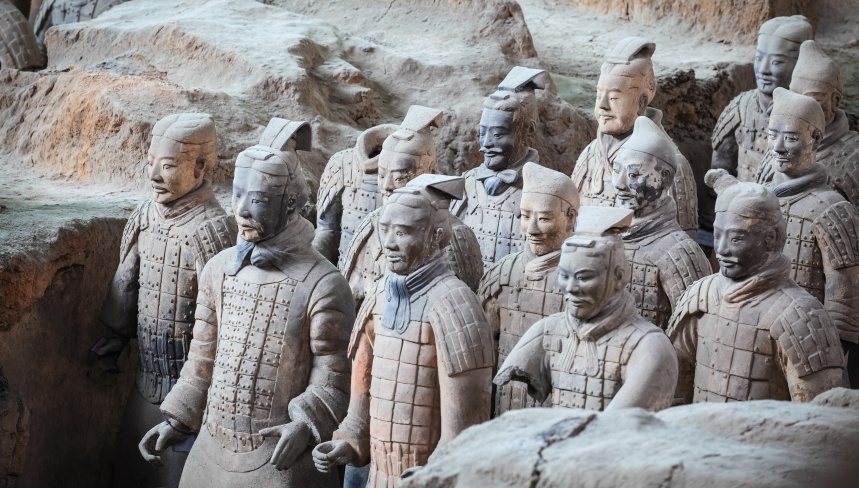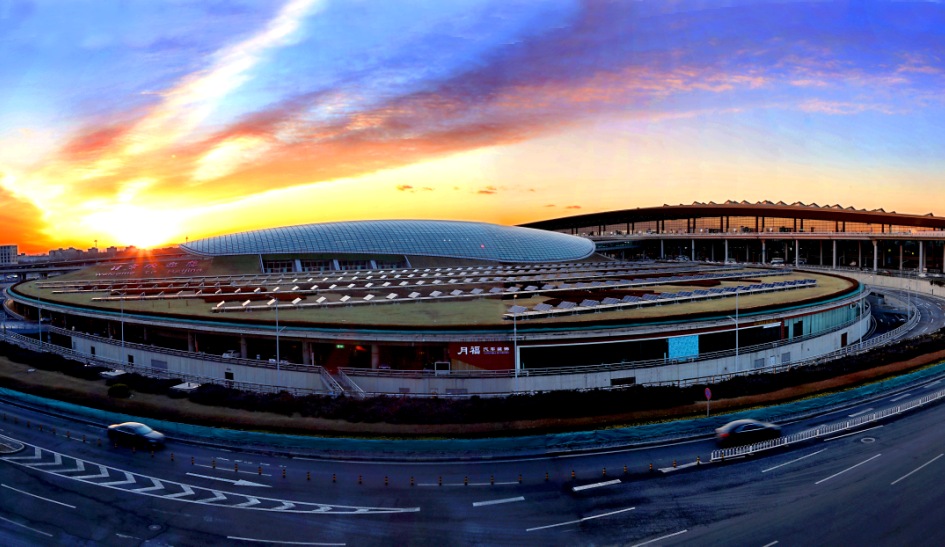About China

| Official Name | People's Republic of China |
|---|---|
| Capital | Beijing |
| Population | 1.3 Billion (2005) |
| Land Area | Approximately 9.6 million km2 |
| Currency | Yuan (US$1 = RMB 6.62) |
| Time Difference | GMT+8 |
| Religion | Buddhism, Taoism, Christianism, Islam |
| Languages | Mandarin and other local languages |
| Major Cities | Beijing, Shanghai, Canton, Shenzhen |
| Climate | Tropical in south; Subarctic in north |
China ABC

China has been one of the world's oldest civilizations and the home of a proud and colorful people with a history of revolution and internal turmoil. China is also considered a significant economic power and the economic sector has seen considerable growth in the past few decades.
Having the largest population in the world, China has several ethnic nationalities - the Han being the largest group followed by Zhuang , Uygur , Mongols , Manchu , Tibetans and others. The official language is Mandarin Chinese, dialects like Cantonese and Hakka are also popular in some regions. Though China is officially atheist, there are Buddhists, Taoists, Christians and Muslims.
Geography
The People’s Republic of China is located in the eastern part of the Asian continent, on the western Pacific Rim. It is a vast land, covering 9.6 million square kilometers, with an inland and coastal water area of more than 4.7 million square kilometers and an eastern and southern continental coastline extending for about 18,000 kilometers. Its vast maritime territory is studded with 7,600 islands, of which Taiwan is the largest with an area of 35,798 square kilometers. China shares common borders with 14 countries and is adjacent to 8 nations on the ocean.

China is the biggest country in Asia and the third largest country in the world. The topography descends toward sea level from west to east and gives rise to a variety of landforms. Mt. Everest in the Himalayan mountain range and lying on the southeast edge of China at 8,848 meters above sea level, is the world’s highest peak. China experiences a complex and varied climate. Most parts of the country lie in the northern temperature zone and subtropical zone and belong to the eastern Asia monsoon climatic area.
History

China, one of the world’s most ancient civilizations, has a recorded history of nearly 4,000 years. From the time of the founding of Xia dynasty in the 21st century BC to the late Spring and Autumn period, with the Shang and Western Zhou dynasties in between, society was slavery based. From the time of the Warring States period of 475 BC to the early period of the Qing dynasty, with Qin, Western Han, Eastern Han, Three Kingdom, Western Jin, Eastern Jin, Southern and Northern dynasties, Sui, Tang, Five dynasties, Song, Liao, Jin, Yuan, and Ming in between, society was feudal. After the Opium War in 1840, China gradually turned into a semi-colonial and semi-feudal society as a result of imperialist invasion. In 1911, the 1911 Revolution, led by Sun Yat-sen, ended the monarchy and on October 1, 1949, the CPC, under the leadership of Mao Zedong, led the masses and established the People’s Republic of China.
Civil Aviation in China
In 2016, despite the lowest growth rates of the world economy and trade in 7 years and the growing downward pressure on the domestic economy, China’s civil aviation industry continued to maintain steady and rapid growth in the performance of key transport indicators.
In 2016, the civil aviation industry adamantly secured the bottom line of flight safety. The industry accomplished 9.49 million hours of transport flight and 3.96 million aircraft movements in the year, up by 11% and 9% year over year respectively. Its rate of major transport aviation accidents per million aircraft movements for the past 10 years was 0.036, 1/12 of the world average of 0.43 for the past decade, ranking China among the best performers in aviation safety.
In 2016, China’s civil aviation industry completed a total transport turnover of 96.251billion ton-km, up by 13.0% from a year earlier, transporting some 488 million passengers, up by 11.9% year on year; and 6.68 million tons of cargo and mail, up by 6% year on year. The total transport turnover on international routes increased by 16.4% from a year earlier, 5 percentage points higher than the growth on domestic routes; total passenger traffic on international routes rose by 25.3% year on year, 13.8 percentage points higher than the growth on domestic routes. There were 59 transport airlines in total (with 4 additions) and 320 general aviation enterprises (with 41 additions), operating 5 046 airplanes (2 950 transport category airplanes and 2 096 general aviation category airplanes); and licensed transport airports totaled 218 (with 8 additions). In 2016, the whole industry made fixed-asset investments worth some 78 billion yuan, up by 1.3% year on year, and a profit of 48.79 billion yuan, up by 43.6% year on year, reaching a historical high.
To date, China has already signed air services agreements with more than 120 countries. Besides, CAAC continued to deepen its all-round cooperative relationship with the International Civil Aviation Organization and its technical cooperation in civil aviation with its counterparts in Asia-Pacific region, and made as always its contributions to the multilateral cooperation framework.

傳真/Fax:(86)10-64016918 64060550
郵箱/Email:apacmc@caac.gov.cn
ICP備案編號/ICP:京ICP備05034131號